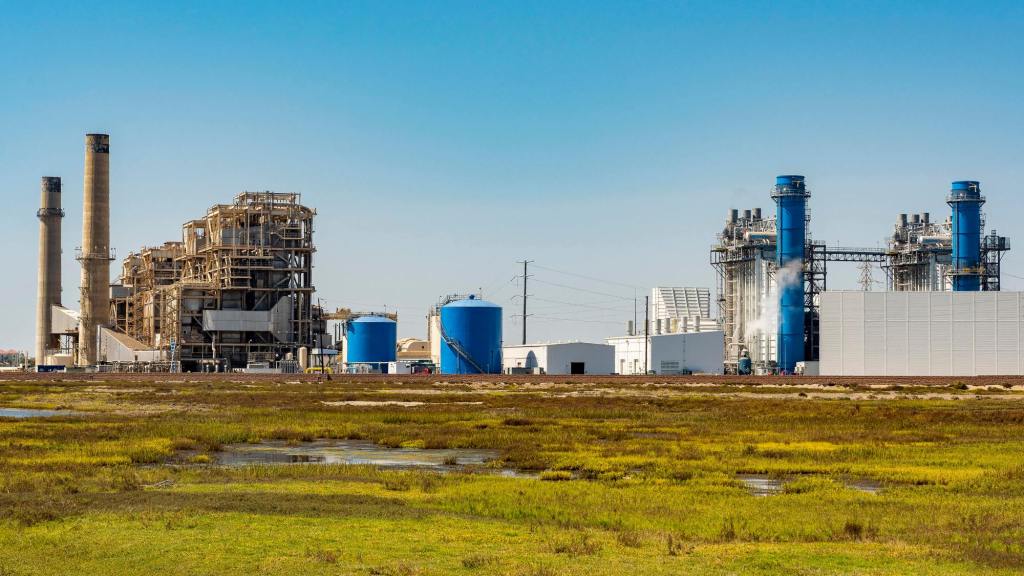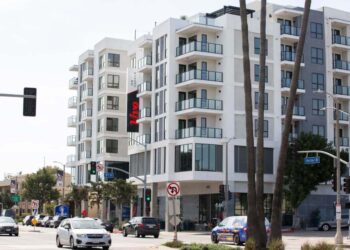California officials agreed this week to extend operations at three natural gas plants on the Southern California coast in an effort to shore up California’s straining power grid and avoid rolling blackouts.
The controversial and unanimous vote that keeps the plants open came from the State Water Resources Control Board, which oversees the phaseout of natural gas facilities that suck in seawater and can kill marine life in the process.
Seawater-cooled units at three power plants in Long Beach, Huntington Beach and Oxnard will be kept in reserve for three more years to feed energy into the state’s grid during power emergencies, such as the 10-day heatwave last August and September that led to statewide power alerts. The plants had been slated to cease operations of those units by the end of 2020, but received a three-year extension amid rolling blackouts that summer.
Now that extension has been extended again — through 2026. A fourth, the Scattergood Generating Station in Playa Del Rey, will receive a five-year extension to fill regional supply gaps though 2029.
A power plant in Redondo Beach, which has for years gotten its use extended, was not on the list, potentially making way for new development at the site that the city has yearned for. But the site’s owner wants to build a massive mixed-use development there, a bigger scale project than the city had envisioned.
The decision about the fossil fuel plants comes despite the state’s mandate for 100% renewable and zero-carbon electricity by 2045.
Natural gas plants are a large source of greenhouse gases, which warm the planet, toxic gases like ammonia and formaldehyde, and nitrogen oxides, which contribute to Southern California’s extreme smog. Nationally, natural gas plants account for about a third of all carbon emissions from energy production.
California Gov. Gavin Newsom last year called for state agencies such as the Department of Water Resources to prop up the grid — including with…
Read the full article here







